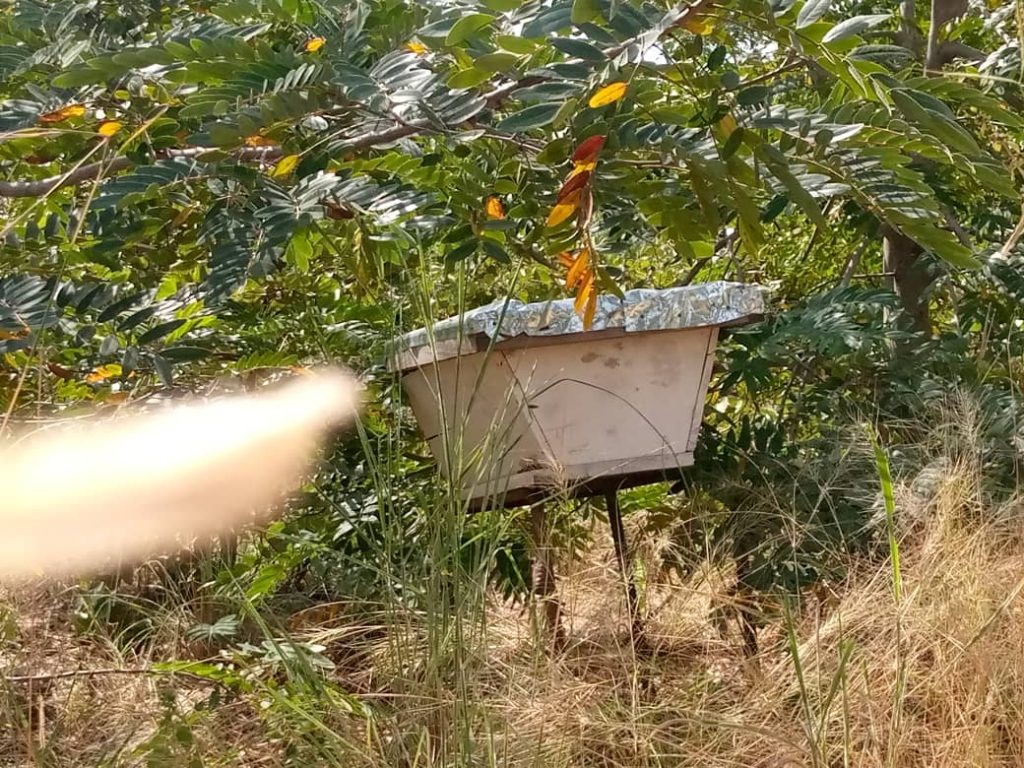By Mohammed Balu
Nanchala, (UWR), Nov 15, GNA – Dr Joachim Ayiiwe Abungba, the Head of Black Volta Basin of the Water Resources Commission (WRC) has established a water governance structure in Nanchala and Sakalo in the Sissala East Municipality.
The Commission in collaboration with the International Union for Conservation of Nature (IUCN), is implementing the Lands of Opportunities Global Mechanisms (LOGMe) Project to support its goal of sustainably managing all water resources in the country.
Dr Joachim Ayiiwe Abungba said the formation of a Local Water Committee (LWC) for the Nanchalla and Sakalo Catchment area of the Sissala East Municipal was one surest way of conserving and protecting water resources.
He was speaking at a two-day capacity building at Tumu for the two intervention communities, meant to enhance the capacity to identify local-based solutions and initiatives towards the protection of water bodies within the catchment area by the Water Resources Commission.
Dr. Abungba stressed that: “It is important to train the groups on sustainable water resources management and utilisation to help them in executing their mandate in managing water resources within their defined watershed.”
The team visited the two project beneficiary communities to verify the implementation of the nursery and plantation intervention that the Water Resources Commission had supported in their various communities.
At Nanchala, Dr. Abungba indicated that the team was there to do a forensic assessment to ascertain the number of plants planted and the number of plants currently surviving.
According to him, after the assessment, the total number of plants surviving would be valued in monetary terms and paid directly to the community as motivation for them to do more.
At Nanchala, the report revealed that 387 cashew seedlings were planted out of which 222 seedlings were surviving at the time of the visit amounting to 53.36 per cent survival rate.
With Cassia, 3,900 seedlings were planted out of which 2,511 were surviving at the time of the visit amounting to a 54.4 per cent survival rate.
Also, 488 Red Seed plants were planted with 324 surviving amounting to a 66.4 per cent survival rate, with the overall survival rate of the plantation, representing the performance of the community, rated at 62.5 per cent.

In addition, a bee-keeping site was also visited at Nanachala where 30 beehives were kept and nurtured.
According to Madam Sahada Chambua, a beneficiary, they had already harvested some since the start of the beekeeping last year, processed and sold, which was of great benefit to the women and the community.
Kuoro Chambua Baka, the Chief of the Nanchala Community, thanked WRC and all the partners supporting the project and pledged on behalf of the community not to allow the intervention to fail because they know water is life.
At Sakalo, the project provided a mechanised borehole to the community to enable water in the nursery constantly.
At Sakalo, the assessment report revealed that the overall survival rate of the trees representing the performance of the community was rated at 30.2 per cent.
Dr. Abungba encouraged the communities to work harder to beef up their performance to ensure they were not dropped from the project due to poor performance.
The WRC was established as a national institution with the mandate to manage Ghana’s Water Resources, coordinate government policies, and provide a forum for integration and collaboration of different interests and major stakeholders involved in the water sector.
Participants were selected from community-based groups within the watershed area, the Sissala East Municipal Assembly, the Forestry Commission, the Department of Agriculture and the Environmental Protection Agency, the traditional authorities, Civil Society, the Media, and the Water Resources Management and related activities in Nanchalla and Sakalu catchment.
GNA